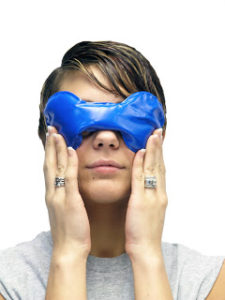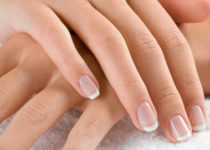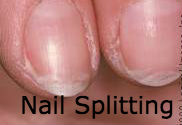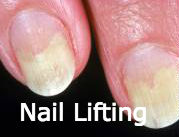Possible Complications of Rhinoplasty & How You Can Avoid Them
One of the primary concern of nose job surgery is the post surgery bleeding. The bleeding may occur shortly after the surgery or it can happen at a later date like as late as two or even three weeks after the procedure.
To reduce the risk of bleeding, it is recommended that you avoid lifting heavy items or over exert yourself for at least three weeks post surgery. You should also avoid bending position as bending over can increase nasal pressure that lead to bleeding.
You should also try your best not to sneeze or blow your nose or sticking anything into it during the recovery period. If you have to sneeze, expel the sneeze through your mouth, not your nose. Instead of picking your nose, you can use a salt water nasal spray to help prevent crusting after your surgery.
Besides bleeding, the next possible complication is having the nasal bone moved out of position. To prevent this, you need to be extra careful when you are in a crowded area and when you are around people. Do not be within arm’s reach from people who like to talk with their hands for at least a couple of weeks. This will help avoid any accidental bang or struck onto your nose.
To speed up your post nose job surgery recovery, you can follow these easy tips:
When you are sleeping, keep your head lifted up as much as you can. A good way to elevate your head is by sleeping with 2 pillows.

Right after your rhinoplasty surgery, take lots of deep breath and keep circulation going to prevent blood clots by walking around and wiggle your toes when you are in bed.
Two weeks prior and two weeks after your nose job, you should stop taking aspirin or any other medication that thin your blood so that you do not bleed excessively.
The healing and full recovery will take time so be patient and understand that it is a process in which you will feel better and look better as time goes by.
Rhinoplasty Singapore can change one’s appearance for the better if it is done well.
Possible Complications of Blepharoplasty Eyelid Surgery & How You Can Avoid Them
To prepare for the recovery after your eyelid surgery, have these items ready at home:
- Ice pack or freezer bags filled with ice or frozen peas or corns as you will use these as cold application to your eyelids post-op.
- Eye drops. You can ask your eye surgeon to recommend the suitable type for the post-op needs.
- Pain relief medication. You can also request your surgeon to prescribe the right type of pain medication and avoid aspirin or herbal supplements that may increase the risk of bleeding.
- Small gauze pads
Immediately after your Blepharoplasty Singapore eyelid surgery, you may experience light sensitivity, excessive tearing or double vision. Swelling and bruising is likely to happen and will last more than couple of weeks. The area around your incisions will be red and obvious at the beginning and your eyelids will be puffy and you may experience numbness for several days.

To reduce the swelling, apply ice packs to your eyes. Your surgeon will probably instruct you to apply ice packs or cold compresses to your eyes to help reduce swelling.
Pain is usually minimal. However if you experience long-lasting pain or extreme pain or redness after the surgery, you must inform your doctor and find out if it indicate any sign of problem.
The amount of time it takes for full recovery do vary greatly among individuals.
The general guideline is to rest in bed following the eyelid surgery and stay home to relax and apply cold compress onto your eyes for up to three days post surgery.
Sleep with your head elevated as much as possible during the first few days to reduce swelling. You can use regular pillows or sleep on a recliner.
Just like rhinoplasty, it is very important that you follow all the after surgery care instructions given by your plastic surgeon. Avoid straining, heavy lifting, strenuous activities like swimming, aerobics and jogging, for up to a month. During the recovery, you should avoid abrupt head movement or any activities that increase blood pressure in your head like bending over.
Your eyes may get tired easily for several weeks after the surgery so take frequent naps and try your best to stay away from activities like reading, watching TV, looking at computer for the first couple of weeks as these activities may dry your eyes. Put on your dark sunglasses when you are outdoor to protect the eyes from possible irritations caused by wind and the sun.
Hope you find the above recovery tips helpful in preparing for your rhinoplasty and/or eyelid cosmetic plastic surgery. For more information you may also check out this website: www.SingaporePlasticSurgeryClinic.com.





